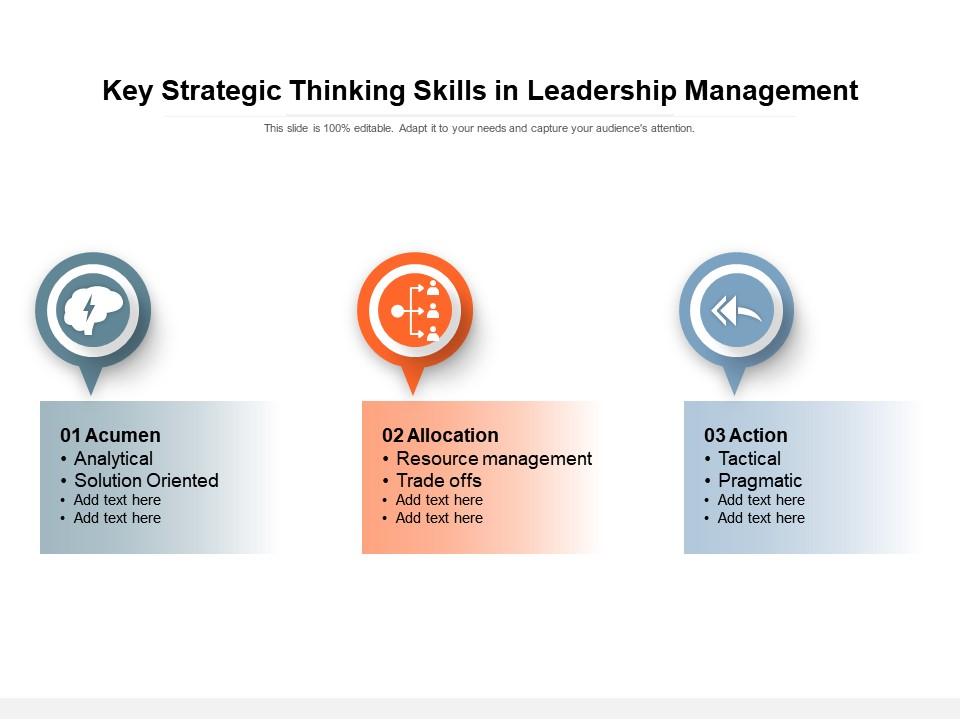Safeguarding Business Operations: Cyber Resilience in 2024
In the rapidly evolving digital landscape of 2024, the importance of cyber resilience for businesses cannot be overstated. As technology advances, so do cyber threats. Let’s delve into the strategies and practices that companies are adopting to ensure cyber resilience and safeguard their operations.
Understanding the Cyber Threat Landscape in 2024
The cyber threat landscape is constantly evolving, with new and sophisticated threats emerging regularly. In 2024, businesses face a multitude of challenges, including ransomware attacks, phishing scams, and advanced persistent threats. Understanding the nature of these threats is the first step in building effective cyber resilience.
Adopting a Proactive Cybersecurity Approach
Cyber resilience goes beyond reactive measures. Businesses are adopting a proactive cybersecurity approach, employing advanced threat intelligence and continuous monitoring. By staying ahead of potential threats, companies can detect and mitigate risks before they escalate, enhancing their overall cyber resilience.
Integrating Artificial Intelligence and Machine Learning
The integration of artificial intelligence (AI) and machine learning (ML) technologies is becoming increasingly prevalent in cyber resilience strategies. These technologies empower cybersecurity systems to analyze vast amounts of data, identify patterns, and predict potential threats. This predictive capability is instrumental in fortifying businesses against evolving cyber risks.
Prioritizing Employee Cybersecurity Training
Human error remains a significant factor in cyber threats. Businesses are prioritizing cybersecurity training for employees to enhance awareness and promote responsible online behavior. A well-informed workforce is a crucial line of defense against social engineering tactics and other cyber threats.
Implementing Zero Trust Security Architectures
The traditional perimeter-based security model is giving way to a Zero Trust security approach. In 2024, businesses are implementing architectures that assume no trust, requiring verification from anyone trying to access resources within the network. This approach minimizes the attack surface and enhances overall cybersecurity resilience.
Enhancing Incident Response and Recovery Plans
Despite best efforts, cyber incidents may still occur. Businesses are investing in robust incident response and recovery plans to minimize the impact of a cyberattack. This involves swift identification of breaches, containment of the incident, and efficient recovery procedures to resume normal operations promptly.
Collaborating with Cybersecurity Experts and Partners
The complexity of cyber threats necessitates collaboration with cybersecurity experts and partners. Businesses are forming alliances with third-party cybersecurity firms, sharing threat intelligence, and benefitting from external expertise. This collaborative approach strengthens their cyber resilience by leveraging collective knowledge and resources.
Securing the Supply Chain
As businesses become increasingly interconnected, securing the supply chain is critical for cyber resilience. Companies are scrutinizing the cybersecurity practices of their suppliers and partners, ensuring that the entire ecosystem maintains a high level of security. A resilient supply chain contributes to the overall cyber resilience of the business.
Regularly Updating and Patching Systems
Outdated software and unpatched systems are common entry points for cyber threats. Businesses are adopting a rigorous system of regular updates and patches to address vulnerabilities promptly. This proactive measure reduces the risk of exploitation by cybercriminals and bolsters the overall cyber resilience of the organization.
Cyber Resilience 2024: A Continuous Journey
Explore the evolving strategies and practices that businesses are adopting for cyber resilience here. In 2024 and beyond, cyber resilience is not a destination but a continuous journey. As businesses adapt to the changing threat landscape, prioritizing cybersecurity measures becomes instrumental in ensuring the safety and continuity of operations in an increasingly digital world.





